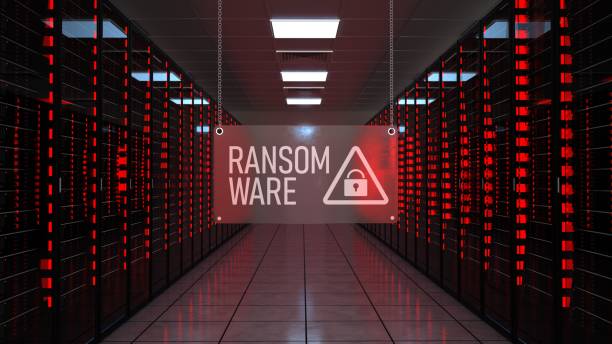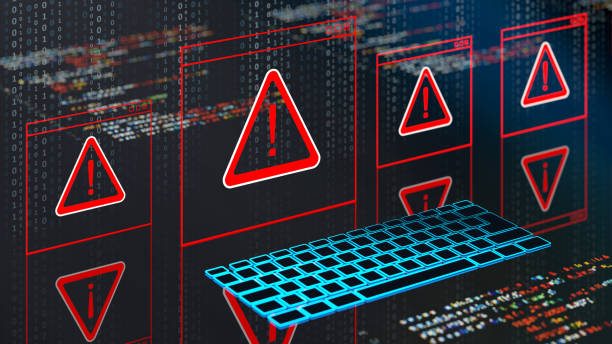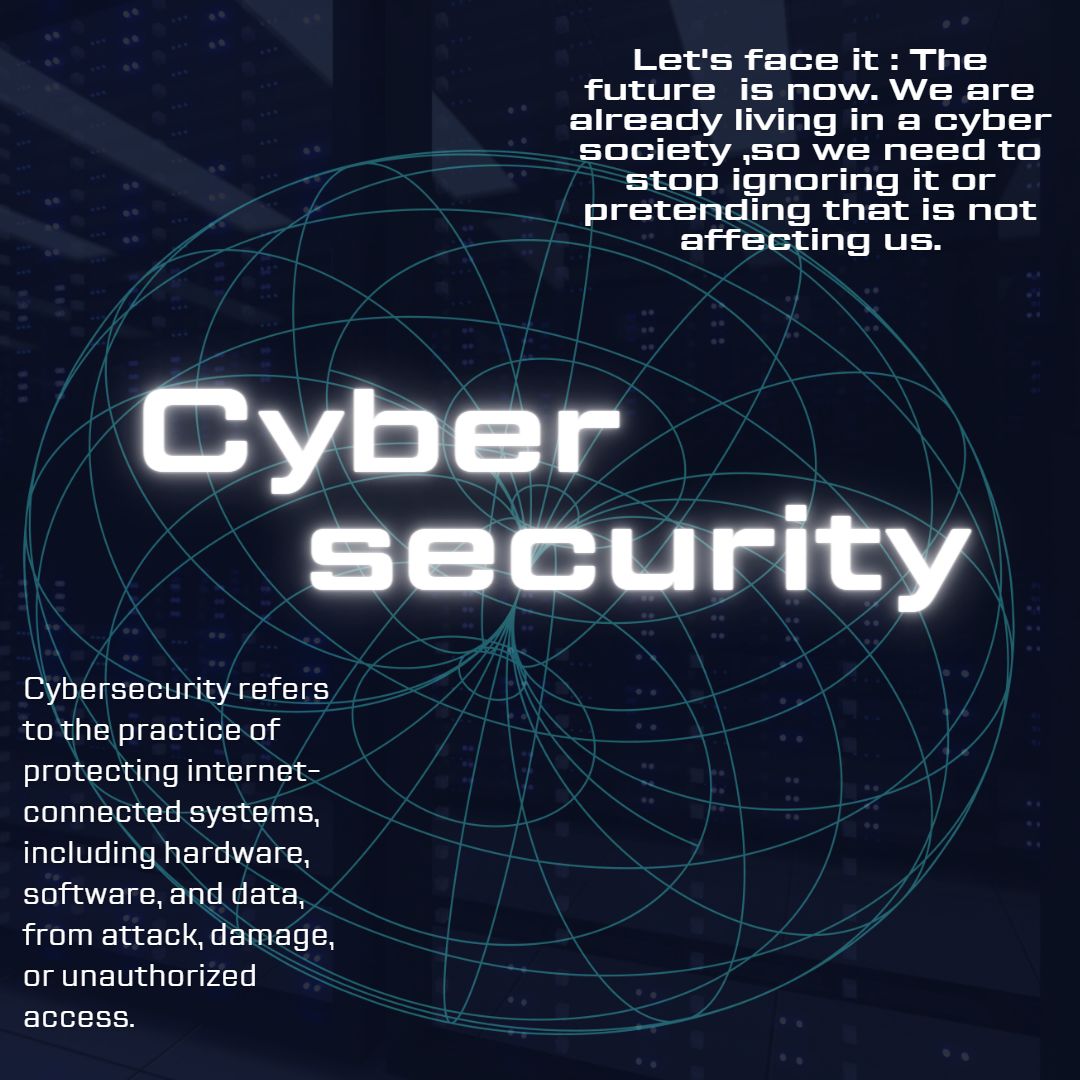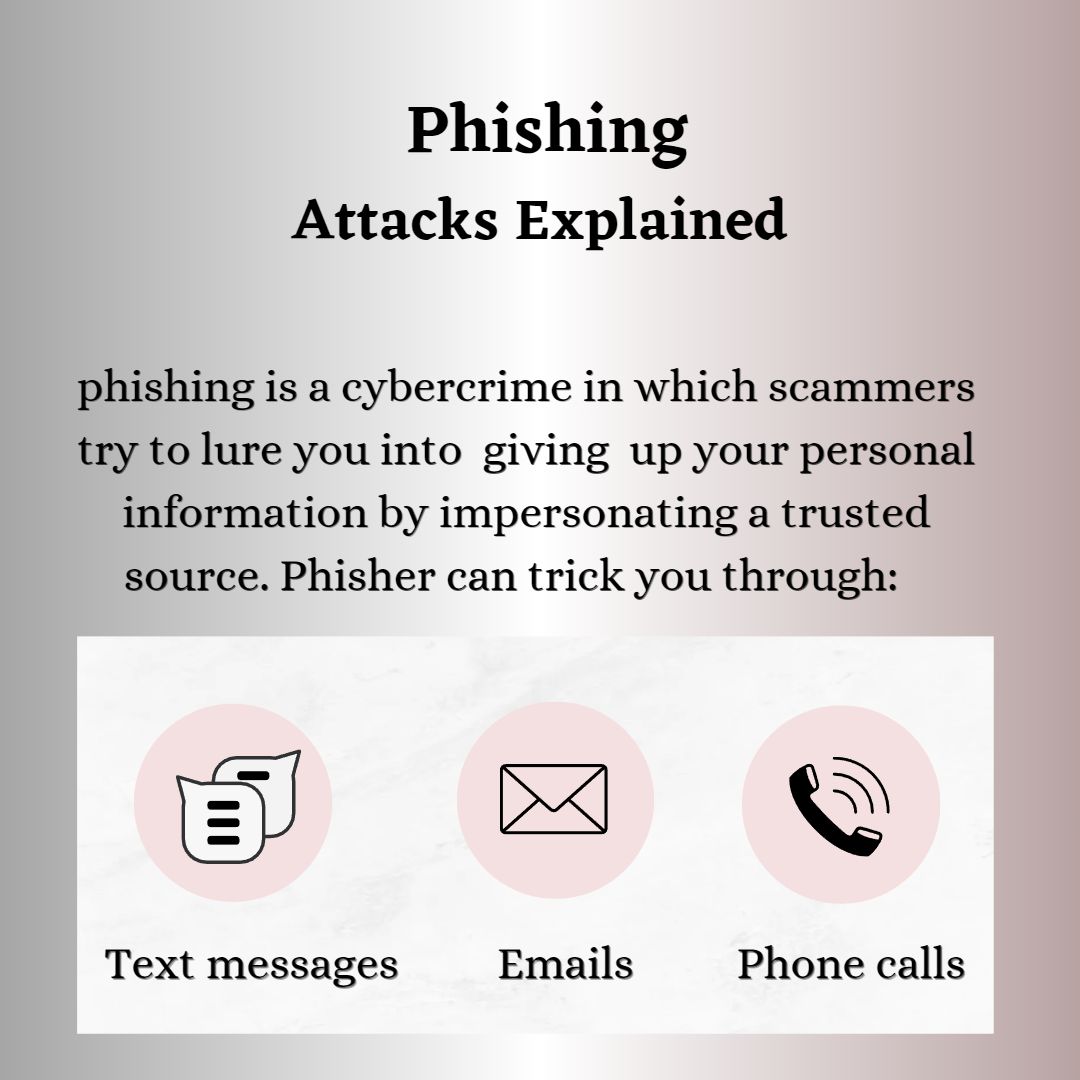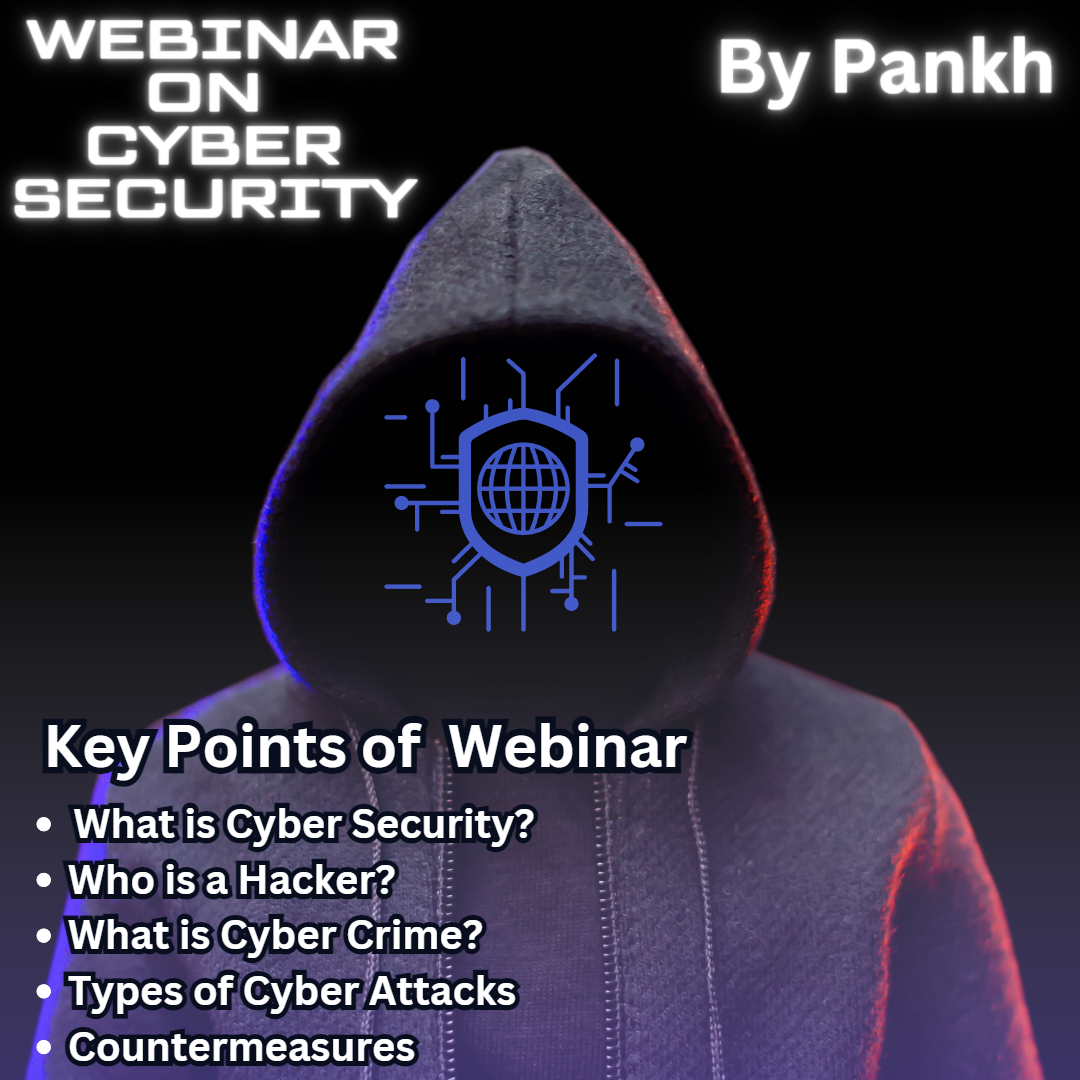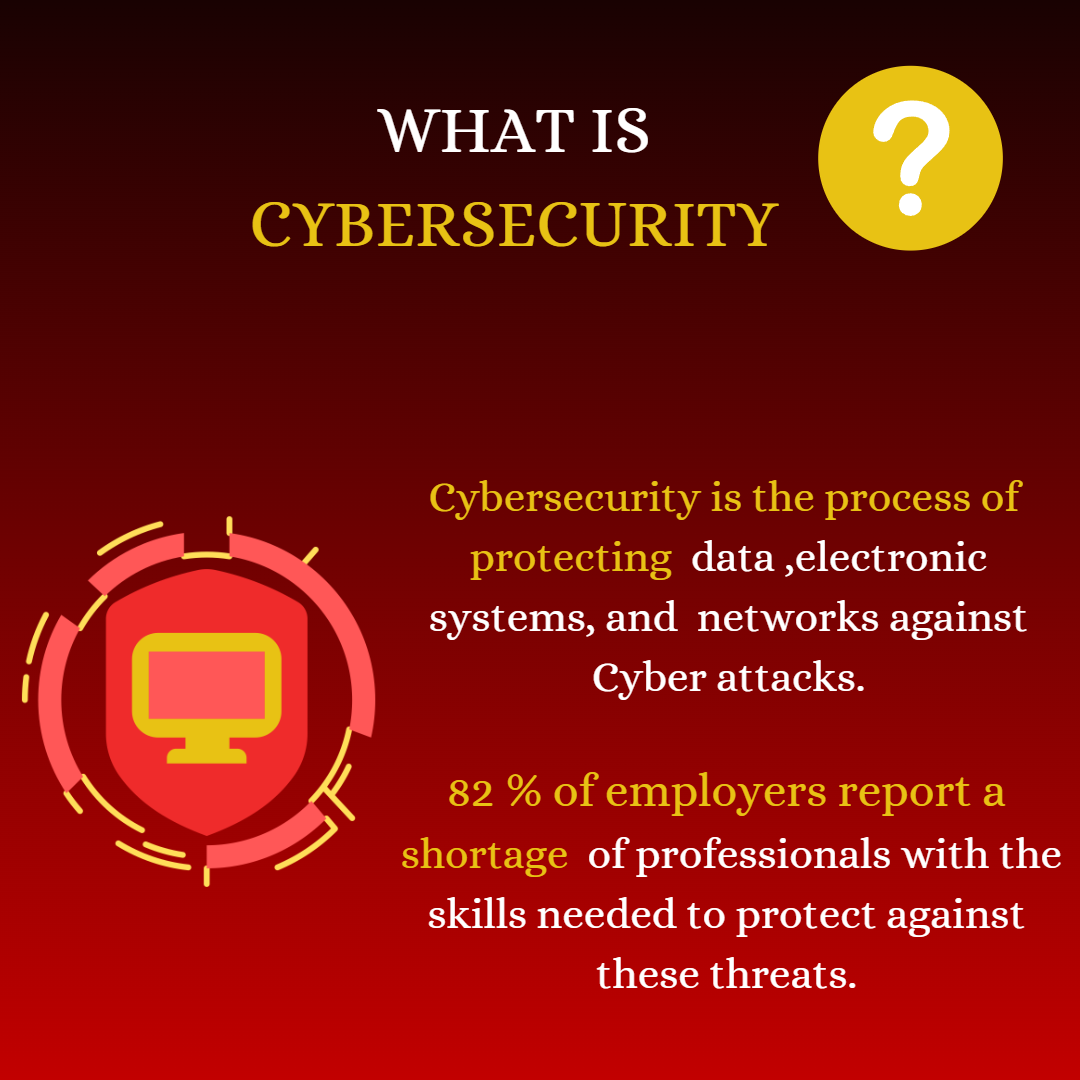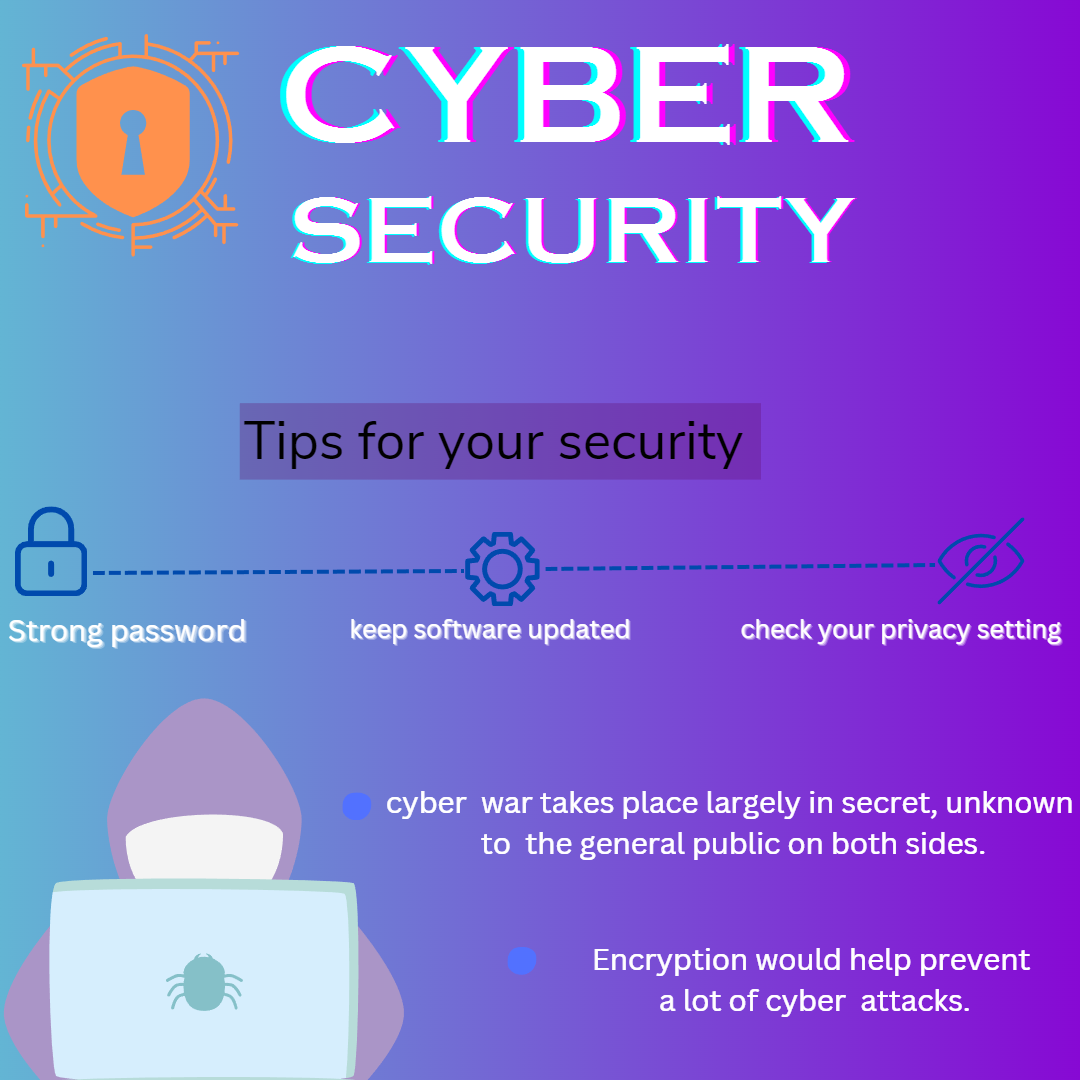What is Cyberbullying?
Cyberbullying is the act of using digital platforms such as social media, text messages, or online forums to bully, harass, or intimidate another person. Unlike traditional bullying, cyberbullying can occur 24/7 and reach a wide audience quickly, making it particularly invasive and harmful. Cyberbullying can be broadly defined as digital harassment, where individuals use electronic devices like smartphones, computers, or tablets to send, post, or share negative, harmful, or false content about someone else. This definition focuses on the intent to harass and the use of digital platforms as the primary medium for bullying.
Some definitions describe cyberbullying as an extension of traditional bullying, but through digital means. Unlike face-to-face bullying, cyberbullying allows aggressors to reach their targets anytime and anywhere, making it relentless and often more invasive. The core behaviors—such as name-calling, spreading rumors, and social exclusion—are similar but amplified by technology.
Common Forms of Cyberbullying:
As a cybersecurity consultancy committed to promoting safe online environments, Pankh Cyber Solution recognizes the importance of understanding the various forms cyberbullying can take. Below, we outline ten common forms of cyberbullying, each linking to the next, to provide a comprehensive overview of the issue and how to address it.
1. Harassment
Harassment involves repeatedly sending offensive, rude, or threatening messages to an individual. This can occur through texts, emails, social media, or any other online platform, making the victim feel overwhelmed and unsafe. Harassment is often linked to other forms of cyberbullying, such as flaming or cyberstalking, where the intent is to intimidate and distress the target.
2. Flaming
Flaming is the act of engaging in online fights using hostile and offensive language. It typically occurs in public forums, chat rooms, or social media comment sections, where the aggressor publicly humiliates the victim. Flaming can quickly escalate into trolling, where the bully intentionally provokes a reaction to upset or anger the victim.
3. Trolling
Trolling involves deliberately posting inflammatory, off-topic, or provocative messages to elicit a reaction. Trolls thrive on creating chaos and distress in online communities, often targeting vulnerable individuals. Trolling is closely related to impersonation, as some trolls create fake profiles to mask their identity and cause further harm.
4. Impersonation
Impersonation, or “catfishing,” occurs when someone pretends to be another person online, often to spread lies, rumors, or false information about them. This can damage reputations and lead to significant emotional distress. Impersonation is frequently used alongside doxxing, where personal information is exposed without consent.
5. Doxxing
Doxxing involves publicly sharing private, personal, or sensitive information about someone without their consent. This can include home addresses, phone numbers, or financial information, putting the victim at risk of further harassment or even physical harm. Doxxing is a severe form of cyberbullying that often intersects with cyberstalking.
6. Cyberstalking
Cyberstalking is characterized by intense, repeated, and intrusive monitoring or contact through digital means. It can include sending threatening messages, hacking into accounts, or tracking a person’s online activities. Cyberstalking often overlaps with exclusion, as victims may be targeted for social isolation in their online communities.
7. Exclusion
Exclusion is the deliberate act of leaving someone out of an online group, game, or conversation. This form of cyberbullying can be especially hurtful as it directly targets the victim’s sense of belonging and self-worth. Exclusion can lead to outing, where the bully reveals private information to further alienate the victim.
8. Outing
Outing involves sharing someone’s secrets, private messages, or sensitive information publicly without their permission. This can cause embarrassment, shame, and damage to personal relationships. Outing is often seen in conjunction with trickery, where the victim is deceived into revealing confidential information.
9. Trickery
Trickery is when the bully deceives someone into sharing personal information or secrets, which are then made public or used against them. This betrayal can lead to severe trust issues and emotional distress for the victim. Trickery frequently escalates into cyberbullying through photos or videos, where private content is shared to humiliate or blackmail the victim.
10. Cyberbullying Through Photos or Videos
This form involves sharing or manipulating images and videos to embarrass, threaten, or harm someone. It can include posting unflattering images without consent or editing content to portray the victim in a negative light. Such acts can have long-lasting effects on the victim’s mental health and social reputation, tying back to various other forms of cyberbullying like harassment and flaming.

Cyberstalking is a severe form of cyberbullying that involves repeatedly following, contacting, or monitoring someone online, often with the intent to intimidate or cause fear. This definition highlights the obsessive nature of some cyberbullying behaviors and the use of technology to invade the victim’s personal space and privacy.
The Impact of Cyberbullying
The effects of cyberbullying can be devastating, leading to anxiety, depression, low self-esteem, and even suicidal thoughts. Victims may feel isolated and helpless, especially when they are targeted in spaces they cannot easily escape, like their social media accounts.
1. Emotional Distress
Cyberbullying often leads to significant emotional distress, including feelings of sadness, anger, fear, and helplessness. Victims may experience anxiety and depression as a result of relentless online attacks. This emotional turmoil is closely linked to the development of mental health issues, which can worsen over time if left unaddressed.
2. Development of Mental Health Issues
The ongoing stress and emotional pain from cyberbullying can contribute to serious mental health problems such as anxiety disorders, depression, and in extreme cases, suicidal thoughts or behaviors. The correlation between cyberbullying and mental health highlights the need for early intervention to prevent academic and social challenges.
3. Academic and Social Challenges
Victims of cyberbullying often struggle academically and socially. The stress and distraction caused by bullying can lead to decreased concentration, lower grades, and a lack of participation in school activities. Socially, victims may withdraw from friends and family, contributing to isolation and loneliness.
4. Isolation and Loneliness
Cyberbullying can cause individuals to feel isolated and lonely, especially when it involves exclusion or public humiliation. The pervasive nature of online bullying means that victims may feel unsafe even in their own homes, leading to increased social withdrawal. This isolation can further exacerbate low self-esteem and self-worth.
5. Low Self-Esteem and Self-Worth
Repeated exposure to negative messages and harmful content can erode a victim’s self-esteem and sense of self-worth. They may begin to internalize the hurtful comments, believing them to be true. This decline in self-confidence can lead to behavioral changes, including avoidance of social situations or engaging in risky behaviors.
6. Behavioral Changes
Victims of cyberbullying may exhibit changes in behavior, such as increased irritability, aggression, or a sudden disinterest in activities they once enjoyed. These behavioral shifts are often coping mechanisms to deal with the stress of being bullied. Such changes can also affect physical health, as the emotional burden takes a toll on the body.
7. Physical Health
The stress from cyberbullying can manifest physically, leading to headaches, stomachaches, sleep disturbances, and other health problems. The link between mental and physical health is well-documented, showing that the body can suffer when the mind is under distress. Persistent health issues can further impact a victim’s digital and offline relationships.
8. Impact on Digital and Offline Relationships
Cyberbullying not only affects the victim’s mental and physical health but also their relationships both online and offline. Trust issues can arise, making it difficult for victims to form or maintain friendships and connections. The damage to relationships highlights the interconnected nature of cyberbullying’s impact, looping back to emotional distress as victims struggle to feel secure and supported.
Why Cyberbullying Happens
1. Desire for Power and Control
Many bullies are driven by a desire for power and control over their victims. This need to dominate others can stem from personal insecurities or a need to assert dominance in social situations. This drive for power often overlaps with seeking attention or status, as bullies aim to enhance their social standing through harmful behaviors.
2. Seeking Attention or Status
Some individuals engage in cyberbullying to gain attention, popularity, or status among their peers. By targeting others, bullies may feel they can elevate their own social position. This need for attention can be linked to peer pressure and group dynamics, where bullying behavior is encouraged or normalized within certain social circles.
3. Peer Pressure and Group Dynamics
Peer pressure plays a significant role in cyberbullying, as individuals may participate in bullying to fit in with a group or avoid becoming targets themselves. Group dynamics can create an environment where bullying is accepted or even rewarded, leading to anonymity and lack of accountability, as group actions often shield individual responsibility.
4. Anonymity and Lack of Accountability
The anonymity provided by the internet can embolden individuals to engage in behaviors they might avoid in face-to-face interactions. This lack of accountability allows bullies to act without fear of immediate consequences, contributing to the persistence of cyberbullying. This anonymity is closely related to misunderstanding or underestimating the impact, as bullies may not fully grasp the harm they are causing.
5. Misunderstanding or Underestimating the Impact
Some bullies may not realize the full impact of their actions on the victim’s emotional and mental health. The perceived detachment of online interactions can make the harm seem less real. This misunderstanding often intersects with escaping from personal issues, where bullies project their own frustrations onto others.
6. Escaping from Personal Issues
Individuals who are struggling with their own personal problems, such as family issues, low self-esteem, or academic pressures, may use cyberbullying as an outlet to vent their frustrations. This redirection of negative emotions can lead them to target others, tying back to the cycle of bullying, where those who have been bullied themselves turn into bullies.
7. The Cycle of Bullying
Many bullies have been victims of bullying themselves, creating a cycle where the abused become the abusers. This cycle perpetuates harmful behavior as individuals replicate the aggression they have experienced. Understanding this cycle is essential for addressing the lack of empathy often displayed by bullies, which fuels their harmful actions.
8. Lack of Empathy
A lack of empathy is a common trait among those who engage in cyberbullying. Bullies may struggle to understand or care about the feelings of their victims, making it easier for them to justify their actions. This lack of empathy connects back to the desire for power and control, as bullies prioritize their own needs over the well-being of others.
Repetition is a key element in many definitions of cyberbullying. It’s not just a one-time occurrence but a series of ongoing actions intended to wear down the victim over time. This repetitive nature makes it distinct from isolated incidents of conflict or rudeness, framing cyberbullying as a persistent pattern of abusive behavior. Cyberbullying can also involve deliberate exclusion from online groups, chats, or social networks. This type of cyberbullying targets the victim’s sense of belonging and social connections, using digital means to isolate them from their peers. It’s a form of bullying that plays on the human need for social acceptance and connection.

Another perspective emphasizes the role of anonymity in cyberbullying. This definition highlights how perpetrators often hide behind fake profiles or remain unidentified, emboldening them to engage in more aggressive and harmful behaviors without fear of being caught. This anonymity can make cyberbullying feel more threatening and overwhelming for the victim.
Cyberbullying is also defined as a form of psychological and emotional manipulation that targets an individual’s mental and emotional well-being. This can include actions like sending threatening messages, sharing embarrassing photos or videos, or manipulating online content to humiliate or distress someone. The goal is often to undermine the victim’s self-esteem and sense of security. Some definitions focus on the public nature of cyberbullying, where harmful actions are visible to a wider audience. For example, posting derogatory comments on social media, creating hate pages, or spreading defamatory content can turn personal attacks into public spectacles. This visibility can intensify the impact, making it feel like a social assault rather than a private conflict.



